Tupolev TU-134 Malev
Production Time 9 to 10 weeks
Shipment is by FedEx, UPS or DHL International Express Courier with a normal door-to-door delivery time worldwide of within 2-3 business days after dispatch. Due to the current volatility of world fuel prices, the amount mentioned here is our best estimate for DHL and UPS and may be subject to change at the time of shipping.

Model Description: Tupolev TU-134 Malev Wood Replica Scale Custom Model Aircraft
Manufacturer: Tupolev
Wingspan: 13.3 Inches (33.8 Centimeters)
Height: 4.1 Inches (10.4 Centimeters)
Scale: 1:86
Registration: HA-LBE
$239.50
Production Time 9 to 10 weeks
-
United States dollar ($)
-
Pound sterling (£)
-
Euro (€)
-
Australian dollar ($)
-
Canadian dollar ($)
-
Singapore dollar ($)
-
Swiss franc (CHF)
-
Japanese yen (¥)
-
Danish krone (kr.)
-
Hong Kong dollar ($)
-
Norwegian krone (kr)
-
Swedish krona (kr)
-
United Arab Emirates dirham (د.إ)
General Product Description
Our PlaneArts Tupolev TU-134 Malev model exhibits unique, unrivaled quality and detailed design to come as close as possible to the accuracy of the actual plane. It comes as standard with a robust, durable base or stand which is available in a variety of different finishes designed to match your own personal requirements including solid wood, wood with polished metal supports or adjustable wood wall mount and will be ready within about 9-10 weeks from placement of order.
The Tupolev TU-134 Malev model is made of the finest kiln dried renewable mahogany wood (commonly known as Lauan or Meranti) which has undergone many stages of carving and meticulous and careful sanding giving the beautiful finished museum quality masterpiece. Many collectors and model connoisseurs demonstrate their preference for genuine handmade and hand painted mahogany wood models rather than plastic or die cast (diecast) alternatives due to the overall look and totally different feel of the item - we trust you will find the same. We can, however, if required produce the same model in Solid Cast Resin so just click and contact us us for further information. Our craftsmen and gifted artisans ensure that our finely handcrafted model airplanes match the precise blueprint details of the original aircraft. The paint scheme, markings and parts are closely matched, reflecting the original aircraft. This stylish top-quality desktop replica model will surely enthrall anyone who receives this as a gift and for sure one of the most appropriate and desirably collectable gifts for any aviation enthusiast and avid aircraft collector whilst also displaying a perfect resemblance to the actual aircraft.
If you require we can also make the Tupolev TU-134 Malev model in any other airline, private livery or colour scheme you require and if necessary in a different size or scale. Just click here to contact us with a description or photographs of what you require, and we will let you have a quotation for the necessary customization by return email. We can also make bespoke scale replicas of any other private / civil commercial airliner or airliners, helicopter, glider, gliders with engines, military jet, warplane jets, propeller warplanes, biplane, triplane, tail fin, spacecraft, rocket or NASA model you require in any airline, military or civilian livery or colors. We also produce model airships, blimp, dirigible, blimps, boat and ship collectibles. Wall plaque or seal for military, government or private customers. Again, by clicking here to contact us just let us know exactly what you need.
The Tupolev TU-134 Malev: An Icon of Aviation History
The Tupolev TU-134, often recognized by its NATO reporting name “Crusty,” stands as a significant figure in the annals of aviation history, particularly in the context of Hungarian airline operations under Malév. This Soviet-built twin-engine jet airliner was a mainstay in the fleets of several Eastern Bloc airlines during the Cold War era and beyond, embodying a period of intense aerospace development and political dynamics.
Development and Design:
Developed by Tupolev, a leading Soviet aerospace and defense company, the TU-134 was first flown in 1963 and entered commercial service in 1967. Designed to meet the needs of short to medium-haul routes, the TU-134 was a direct competitor to Western aircraft like the British BAC One-Eleven and the American Douglas DC-9. Its design featured a sleek fuselage, a high-mounted wing, and engines mounted at the rear of the aircraft, characteristics that were typical of the era’s jet airliners.
One of the distinguishing features of the TU-134 was its glazed-nose cockpit, reminiscent of earlier Tupolev models and military aircraft, which housed a navigator. This feature was eventually phased out in later models as navigation technology advanced.
Malév’s Adoption and Usage:
Malév Hungarian Airlines, the national airline of Hungary from 1946 to 2012, was among the prominent operators of the TU-134. The airline utilized this model extensively throughout the 1970s and 1980s to expand its international route network across Europe, the Middle East, and North Africa. The TU-134 allowed Malév to provide efficient and reliable service, critical for maintaining competitiveness during a time when air travel was experiencing significant global growth.
The aircraft was favored for its performance in short and quick hops between regional capitals as well as for its ability to operate in diverse weather conditions and on shorter runways, which were common in many Eastern European airports.
Operational Challenges and Legacy:
Despite its operational success, the TU-134, like many Soviet aircraft of the time, faced challenges related to noise and fuel efficiency, particularly as international standards became stricter. The fall of the Soviet Union and the opening of Eastern European markets led to increased competition from more modern Western aircraft, which eventually contributed to the phasing out of the TU-134 from mainstream commercial service.
The TU-134’s retirement from Malév’s fleet and later from most other operators marked the end of an era, but the aircraft still holds a place of nostalgic reverence among aviation enthusiasts and former crew members. Museums and static displays across Eastern Europe and Russia preserve several TU-134s, where they serve as reminders of a pivotal chapter in aviation history.
Conclusion:
The Tupolev TU-134’s story is one of innovation, widespread use, and eventual obsolescence, mirroring the broader narrative of commercial aviation through the latter half of the 20th century. For Malév and other airlines of the Eastern Bloc, it represented not just a mode of transportation but a symbol of technological pride and a tool of diplomatic connectivity. Its legacy, while overshadowed by more modern aircraft, remains a fascinating chapter for historians and aviation enthusiasts alike, encapsulating a unique blend of engineering prowess and historical significance.
| Weight | 6 kg |
|---|---|
| Dimensions | 17 × 13.3 × 4.1 in |

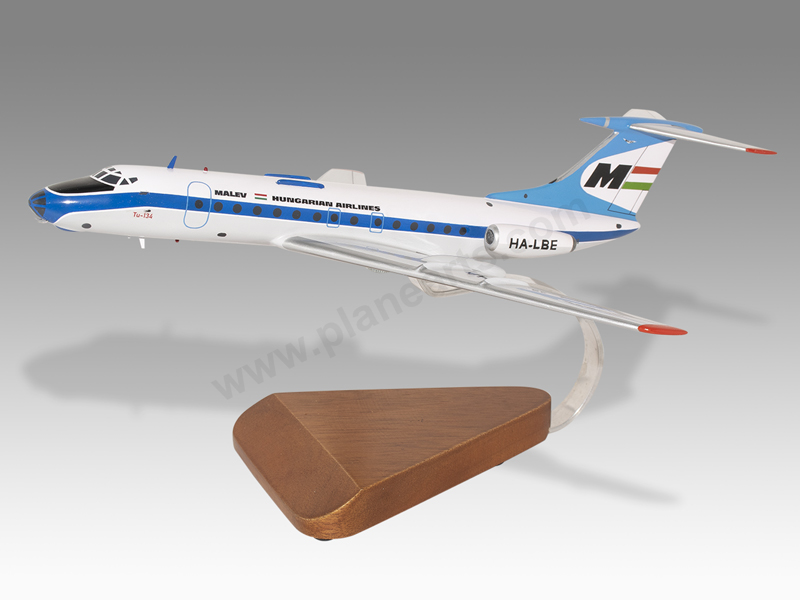
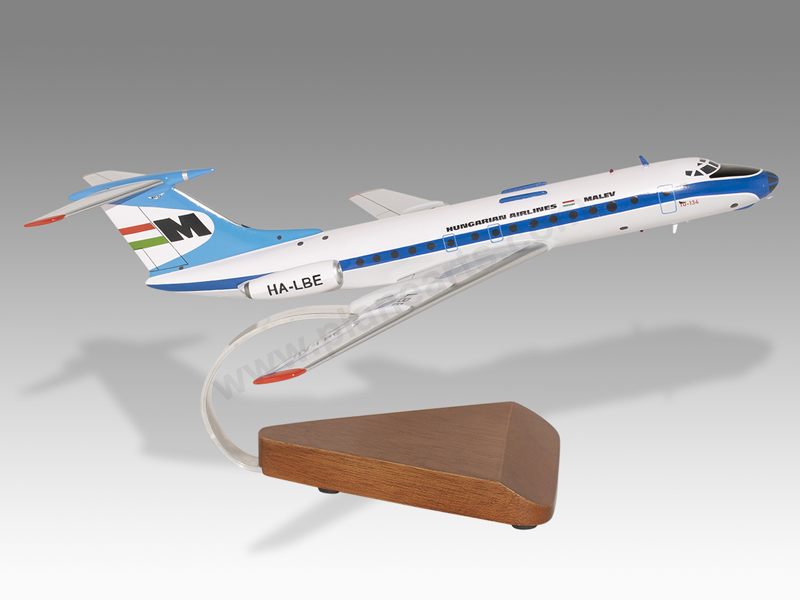
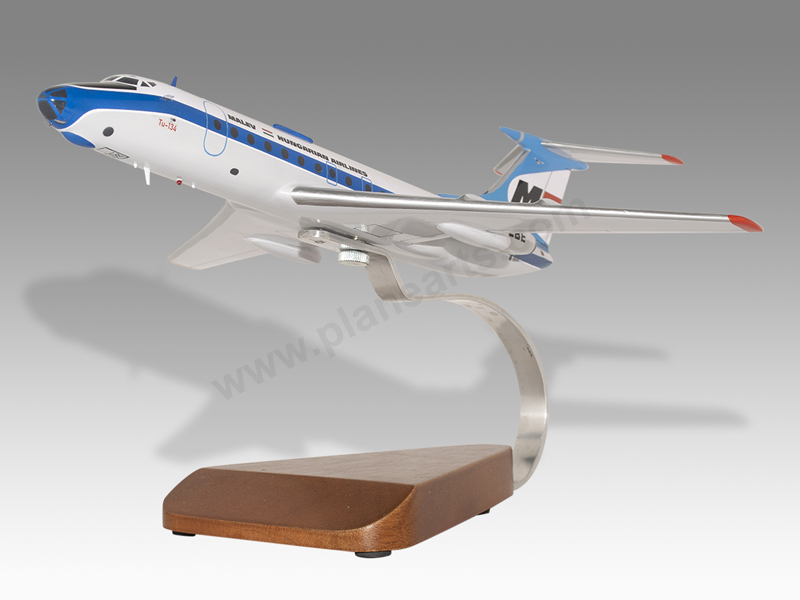
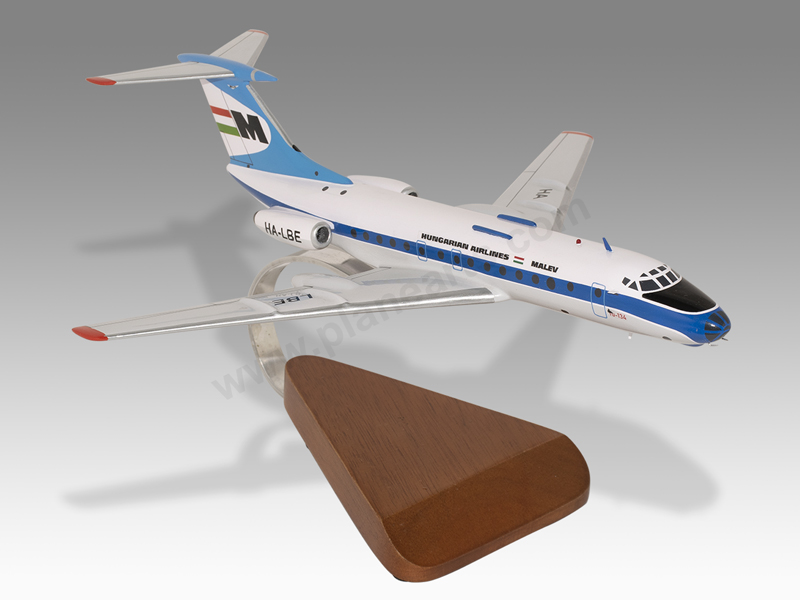

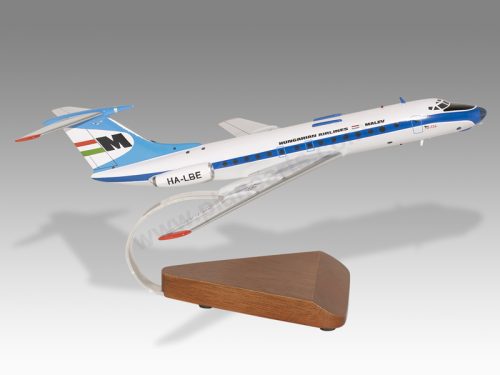

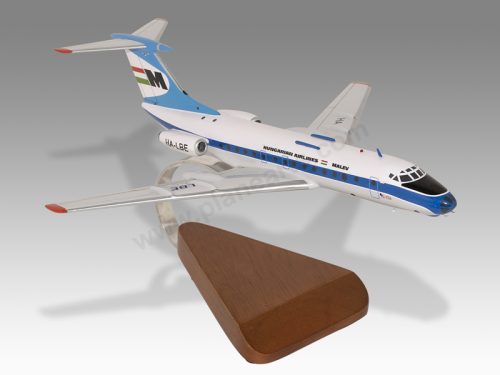
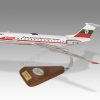

Reviews
There are no reviews yet.